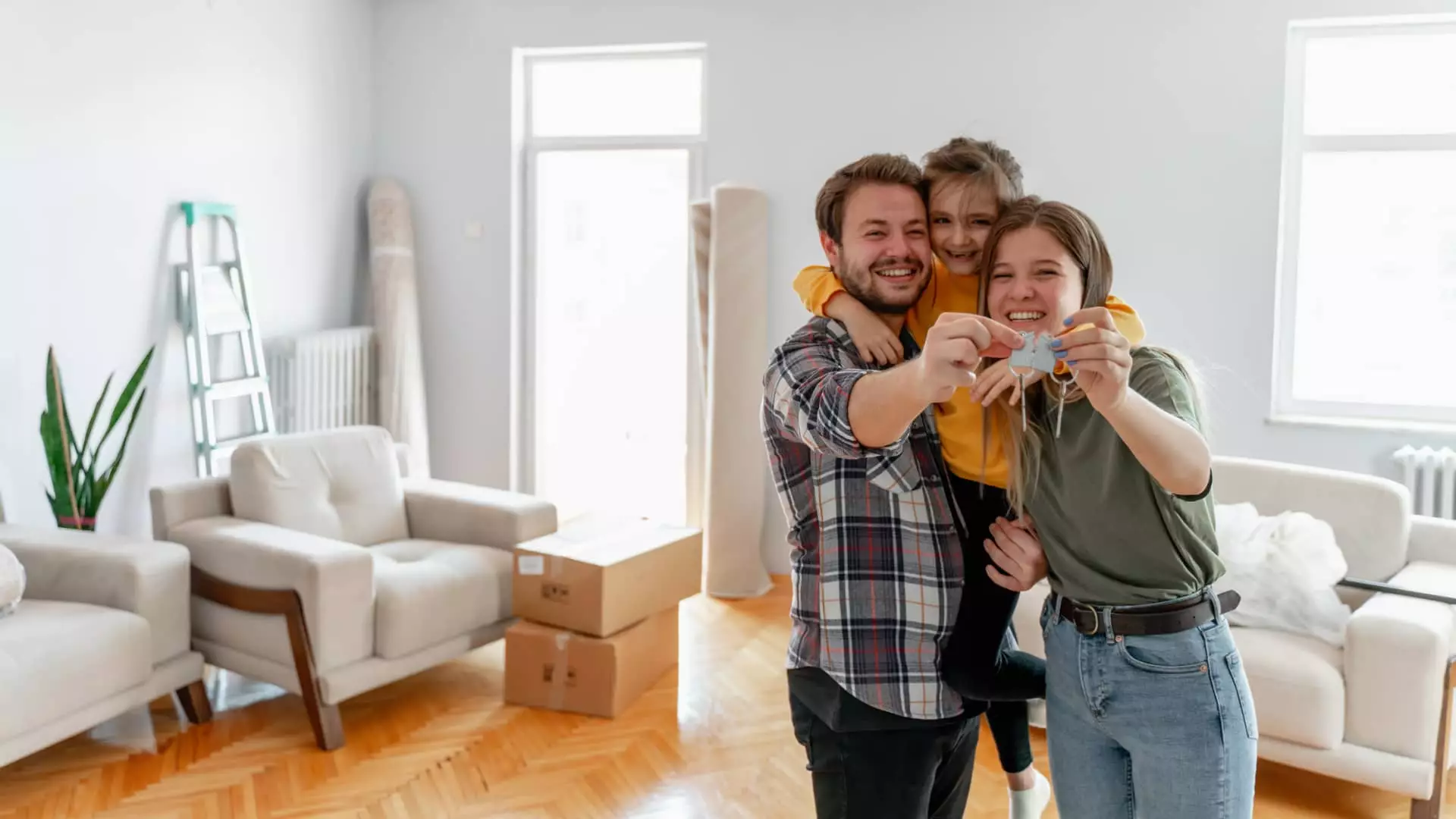Embarking on the path to homeownership can be a daunting task, particularly when it comes to saving up for the down payment. However, recent surveys have shown that a significant number of future homebuyers are already making strides in the right direction. According to a study conducted by Clever.com, 77% of aspiring homeowners have begun setting aside funds for a down payment. While this is a commendable start, it is essential to delve deeper into the intricacies of down payments and explore the various options available.
One prevailing myth in the realm of real estate is that a 20% down payment is a mandatory requirement for purchasing a home. In reality, this notion is far from the truth. Danielle Hale, Chief Economist at Realtor.com, debunks this misconception by highlighting that putting down 20% is not a strict prerequisite. Despite this, many prospective buyers aim to contribute less than 20% towards their down payment, with 57% of respondents in the survey sharing this sentiment. The allure of avoiding mortgage insurance costs and reducing monthly payments often motivates individuals to aim for the 20% mark. However, financial experts emphasize that this threshold is not set in stone.
Recent data trends reveal a shift in the average down payment percentages among homebuyers. In the first quarter of 2023, the typical down payment rose to 13.6%, up from 10.7% in the previous year. Notably, the average down payment for first-time buyers stood at 8% in 2023, significantly lower compared to the 19% average for repeat buyers. These figures signify a departure from the conventional 20% benchmark that has long been associated with home purchases. Mark Hamrick, Senior Economic Analyst at Bankrate.com, asserts that the 20% threshold is not a strict mandate, further underscoring the flexibility in down payment requirements.
While aiming for a higher down payment can lead to reduced borrowing costs and monthly mortgage payments, it may present challenges for many households. The current housing market landscape poses affordability constraints, making it arduous for buyers to accumulate substantial down payments. Danielle Hale notes that the housing market conundrum underscores the scarcity of affordability, which can impede individuals from achieving their homeownership goals. Survey findings indicate that approximately 40% of non-homeowners cite a lack of savings for a down payment as a significant obstacle, echoing the widespread financial challenges faced by prospective buyers.
Fortunately, there are various loan programs and initiatives aimed at assisting buyers with lower down payment options. The Department of Veterans Affairs offers VA loan programs that enable qualifying individuals to put down as little as 0%. Similarly, USDA loans cater to buyers looking to purchase homes in rural areas, providing 0% down payment alternatives. Federal Housing Administration loans extend down payment requirements as low as 3.5% for eligible borrowers, including first-time buyers and individuals from underserved communities. These initiatives play a crucial role in bridging homeownership gaps and fostering inclusivity in the real estate sector.
When evaluating how much of a down payment is feasible, buyers must tread carefully to weigh the associated costs and benefits. Opting for a lower down payment can address affordability challenges, but it also entails certain trade-offs. Borrowing a larger amount from lenders to compensate for a lower down payment increases the monthly mortgage expenses, potentially affecting overall affordability. Furthermore, borrowers may not qualify for the lowest interest rates, leading to higher long-term costs. Private mortgage insurance (PMI) is another factor to consider, as loans exceeding 80% of a home’s value may incur additional insurance premiums. Understanding these nuances is essential for making informed decisions regarding down payments and mortgage obligations.
In some instances, buyers may consider alternative mortgage strategies, such as piggyback mortgages, to circumvent the 20% down payment requirement. By obtaining a second mortgage to supplement the initial down payment, buyers can avoid the need for mortgage insurance. However, it is crucial to note that second mortgages often carry higher interest rates, necessitating a comprehensive assessment of the long-term financial implications. While there are options available to accommodate varying down payment percentages, buyers must carefully evaluate the trade-offs and financial consequences associated with each approach.

